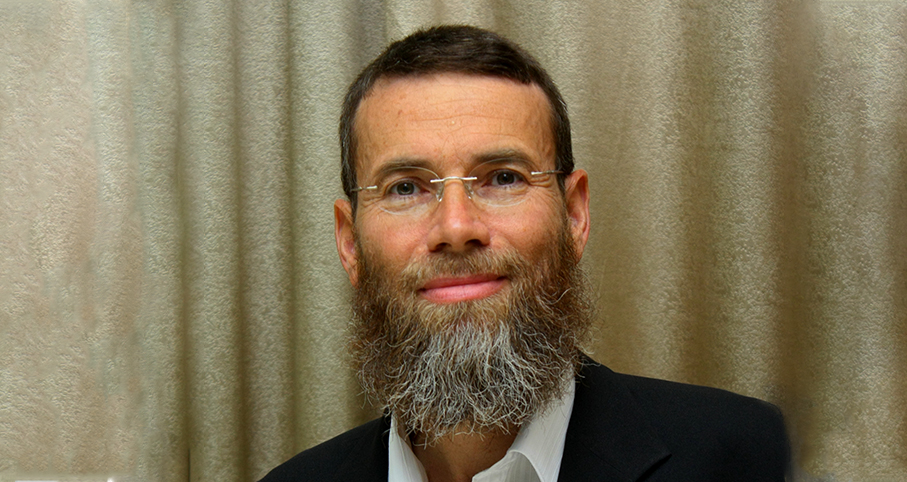Beit Midrash
- Sections
- Chemdat Yamim
- Ein Ayah
Gemara: Rava bar Mechasia said, in the name of Rav Chama bar Guria, in the name of Rav: Any city in which there are roofs higher than the shul will eventually be in ruins, as the pasuk says: "… to exalt the house of our G-d and to restore its ruins" (Ezra 9:9). The above is true regarding houses, but regarding kishkushei and avrurei (Rashi – various towers that have only an aesthetic value) this is not an issue.
Ein Ayah: The world is supported by having the true belief system entrenched within society. One such basic belief is that the loftiest focal point of life is the sanctity of life that is dedicated to Hashem, as Chazal taught: "All your actions shall be for the sake of Heaven" (Avot 2:12). This type of outlook places matters connected to focusing one’s life on Hashem in the highest place.
The Jewish nation’s entire existence and special standing within the world as a unique nation connected to Hashem is predicated on the fact that the way we act proclaims prominently the name of Hashem. One of the clear expressions of this display of connection to Hashem is the existence of houses of prayer, which serve as miniature temples even as we live in exile. If secular matters are elevated in people’s hearts so much that they are more central than our aspirations for sanctity that emanate from our covenant with Hashem, we have removed the foundation that maintains our nation’s G-dly vitality and have trampled truth.
The idea that a city whose roofs are higher than its shul will become in ruins teaches that the goal of the shul, which is for service of Hashem, is the highest one in our life. People should realize that their private lives should be focused on that pursuit, which elevates every element of their lives as being molded by sanctity and justice. Things that are built, literally and figuratively, by such people will remain forever, like sanctity itself (see Sanhedrin 92a and Yeshaya 4:3).
That which shows the prominence of service of Hashem must be prominent in the right way. We should show that it is high innately, and it is not just that we enjoy externally embellishing our spiritual lives. There are nations and sects that physically glorify religious symbols from a cultural, superficial perspective. Doing so would be horribly dangerous for us, as for us sanctity must be the basis for a life of following the laws of the Torah. External embellishment, which focuses on symbols, can only have a sporadic impact. That is why when considering what must be lower than the shuls, we discount towers whose purposes are only aesthetic. We want to show that houses of worship are not in the same realm as those towers, and therefore it is not important if they are taller than the shul. The shuls are rather compared to houses in which one lives and functions.
The Torah is relevant to the minutest details of life. Hashem is like a doctor who prescribes a course of action that relates to every detail. It is not like some type of instructor in charge of teaching manners to youngsters.
It is dangerous to equate a shul to a tower made for beauty. It is true that there is a positive element of adorning our holy places. However, that is just to inspire appreciation for the matters of essence, such as loving Hashem, knowing His paths, and following His Torah. The difference between the different focuses on beauty is comparable to the difference between the taste of a food, which is nice but not crucial, and its ability to sustain a person.

The Difference of the Two Temples
Various Rabbis | 5770

influencing Our Families, Cities & the World
Ein Aya Shabbat 5,14
Rabbi Ari Shvat | Shvat 5783

"Various Levels of Bad & Their Exact Judgement"
(Ein Aya Shabbat Shabbat 5, 29)
Rabbi Ari Shvat | Tammuz 5783





















